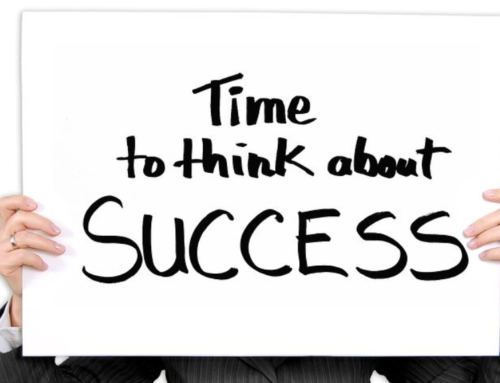Change Leadership is, simply put, one of the most important facets in any successful organization – especially when the leadership team is comprised of a variety of international backgrounds, experiences and cultural influences. Case in point: I recently facilitated a meeting in Kuala Lumpur, Malaysia. With 10 people in the room, we represented seven nationalities with experience in 25 countries. The personalities were huge – and we were all there to examine our change leadership effort – with an action plan to show for it.
Arnault, originally from France, educated in the US, now lived in Australia and ran the largest piece of the business. Anguo, originally from rural China, was educated in Canada, now lived in Shanghai. Representatives from the US, Canada, Mexico, Belgium, and Japan added to the mix.
 The first challenge? Making sure we were all focused on the same problem. The workshop, Building and Growing a Profitable Service Business, was focused on changing behaviors of senior leaders to get more out of a growing segment of their business. Leaders had been focused on selling widgets – once the widgets were out the door, they just moved onto selling more widgets. But the market was asking for help in servicing those widgets – and service is a much more profitable business model. If you can get it right. Our main objectives for the three days:
The first challenge? Making sure we were all focused on the same problem. The workshop, Building and Growing a Profitable Service Business, was focused on changing behaviors of senior leaders to get more out of a growing segment of their business. Leaders had been focused on selling widgets – once the widgets were out the door, they just moved onto selling more widgets. But the market was asking for help in servicing those widgets – and service is a much more profitable business model. If you can get it right. Our main objectives for the three days:
- Develop effective strategies to create, enhance, or grow a services business
- Understand the Critical Success Factors for growing the business
- Develop a plan of action we can all agree on
 The second challenge? Before we could get to action, the group spent a lot of time mulling over their current obstacles in the service business. Often acknowledging the current state is the first step in good change leadership. Our top five obstacles were a lack of:
The second challenge? Before we could get to action, the group spent a lot of time mulling over their current obstacles in the service business. Often acknowledging the current state is the first step in good change leadership. Our top five obstacles were a lack of:
- organizational focus on service revenue
- sales and marketing focus
- real-time visibility into service performance
- collaboration between service and sales
- investment in tools to support revenue initiatives
 The third challenge? Getting everyone agreed to which actions we should take. Anguo was thinking more long term. Arnault wanted actions assigned that would focus on the short term. Leaders from the US wanted very detailed plans, whereas leaders from Japan wanted more time to think through the problems before committing to certain actions. The culture differences were immense, and what might take 4 hours in a US-centric meeting, took us 12 hours to accomplish. Time well spent – change leadership takes time.
The third challenge? Getting everyone agreed to which actions we should take. Anguo was thinking more long term. Arnault wanted actions assigned that would focus on the short term. Leaders from the US wanted very detailed plans, whereas leaders from Japan wanted more time to think through the problems before committing to certain actions. The culture differences were immense, and what might take 4 hours in a US-centric meeting, took us 12 hours to accomplish. Time well spent – change leadership takes time.






